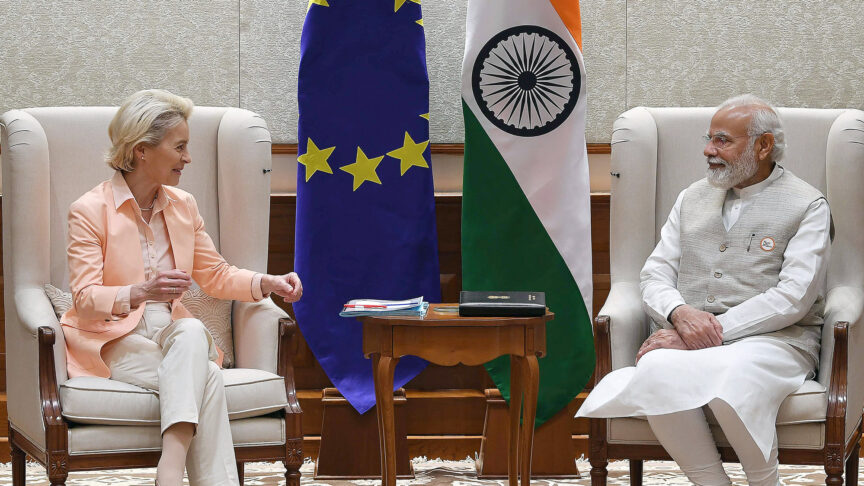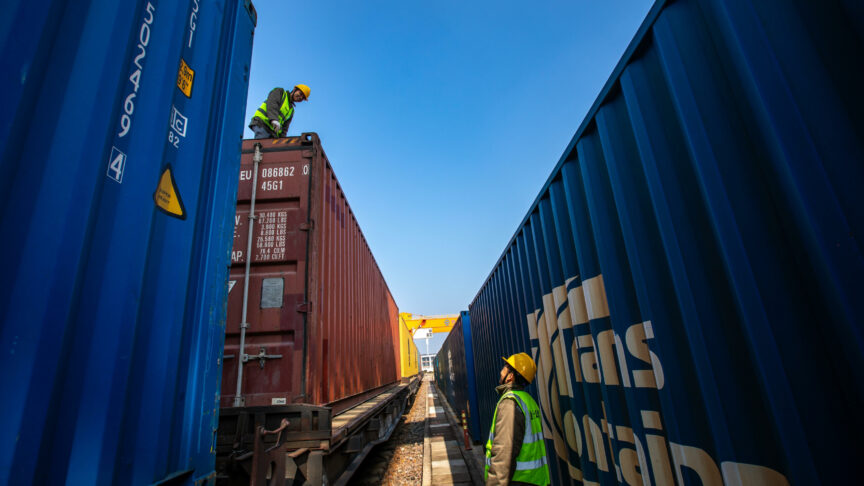Europe is repeating the errors of Asia 10 years ago
Even if global action by central banks saves the day, Europe will have taken a step backwards. Yet crises are opportunities for political creativity.
This article was published in the Financial Times online on 9 October 2008
The credit crunch that began in the US is now threatening the European banking system. A mini-summit and a meeting of finance ministers reached the same dismal conclusion: European leaders declared that they could not help each other, with Angela Merkel, the German chancellor, leading the charge. This reminded some observers of the comments made by Ryutaro Hashimoto, the Japanese prime minister, at an emergency summit convened in December 1997 to discuss the Asian financial crisis: “Japan cannot save Asia, it can only save itself”.
There are a number of worrying parallels between Asia 10 years ago and the current crisis in Europe. In recent weeks, one has heard the swish of dollar credit lines being pulled back from Europe – and from many emerging economies. In 1997, the spark for the Asian crisis was the sudden recall of short-term, yen-denominated loans by Japan, which generated a panic outflow from most of Asia and the collapse of local currencies.
Indeed, over the last few weeks, the “strong” euro has suddenly taken a beating, as capital fled to the political safety of the US Treasury and Federal Reserve. The US Congress’s eventual passing of the bail-out plan makes the disunity of European states even more apparent.
In 1997 a small but rich Asian economy, Taiwan, broke ranks first and devalued its currency. The move created a run on the Hong Kong dollar and led to other devaluations. Today Ireland, by guaranteeing all bank deposits, has created havoc in the European credit markets by throwing what amounts to a competitive offer to capital in search of a safe abode.
A central bank – the US Federal Reserve – has lost control of money markets, even when it drives its interest rate to the floor. We saw similar results in Japan in 1997, when a liquidity trap was set by the combination of the country’s hangover from the boom years and interest rates at zero.
Joseph Stiglitz, the Nobel prize- winning economist, once compared the south-east Asian economies to Spain’s “invincible” Armada: a proud array of ships that, when hit by storms, sank because there was no co-ordination among them. Jean-Claude Trichet, European Central Bank president, warned that European disunity was threatening a similar disaster when he lamented: “We are not a political federation . . . we do not have a federal budget.” We now enter a phase that Asia went through, indeed a defining feature of major financial crises: a collapsing deck of cards brings down businesses that had looked robust only moments before. The threat today extends to European banks, savers and, above all, the euro.
The late economist Rudiger Dornbusch once predicted that tension between the existence of a single European currency and the retention of economic sovereignty by national governments would one day challenge the currency itself. His warning points to the most glaring similarity between the 1997 Asian crisis and today’s European emergency. In both cases, we see unfinished reforms and institutions, with political co-ordination lagging behind market integration. Mistrust is rife among governments as well as banks.
In 1997, Asian integration moved backwards, because the region’s leaders could not take collective action at a time of crisis. Europe today has several advantages over Asia in 1997. Its real economy, its bond market, its transparency and governance are in far better shape. It even has a single currency and what could become a unified European central bank. Yet Europeans are repeating the mistakes of Asians 10 years ago. Angela Merkel, the German chancellor, may have been right to worry about her voters when she guaranteed deposits in German banks. But by raising the drawbridge on the rest of Europe, she is creating exactly the kind of hazard that Japan, Asia’s biggest financial system, produced when it withdrew from Asia.
Even if global action by many central banks saves the day, Europe will have taken a step backwards: beggar they neighbour financial rescues by each nation and the renationalisation of banking systems weakens trust in the euro and European integration. Yet crises are also opportunities for political creativity. Europeans should seize this exceptional opportunity to expand the ECB’s mandate. The best way to keep ahead of speculation would be to create a European financial strike force – taking over capital and/or loaning liquidity to banks, not necessarily cancelling liabilities – and placing it out of reach of each country’s national interest. It took Congress a week to pass the Paulson plan. How long will it take European governments to take the collective initiative?
The European Council on Foreign Relations does not take collective positions. ECFR publications only represent the views of their individual authors.


